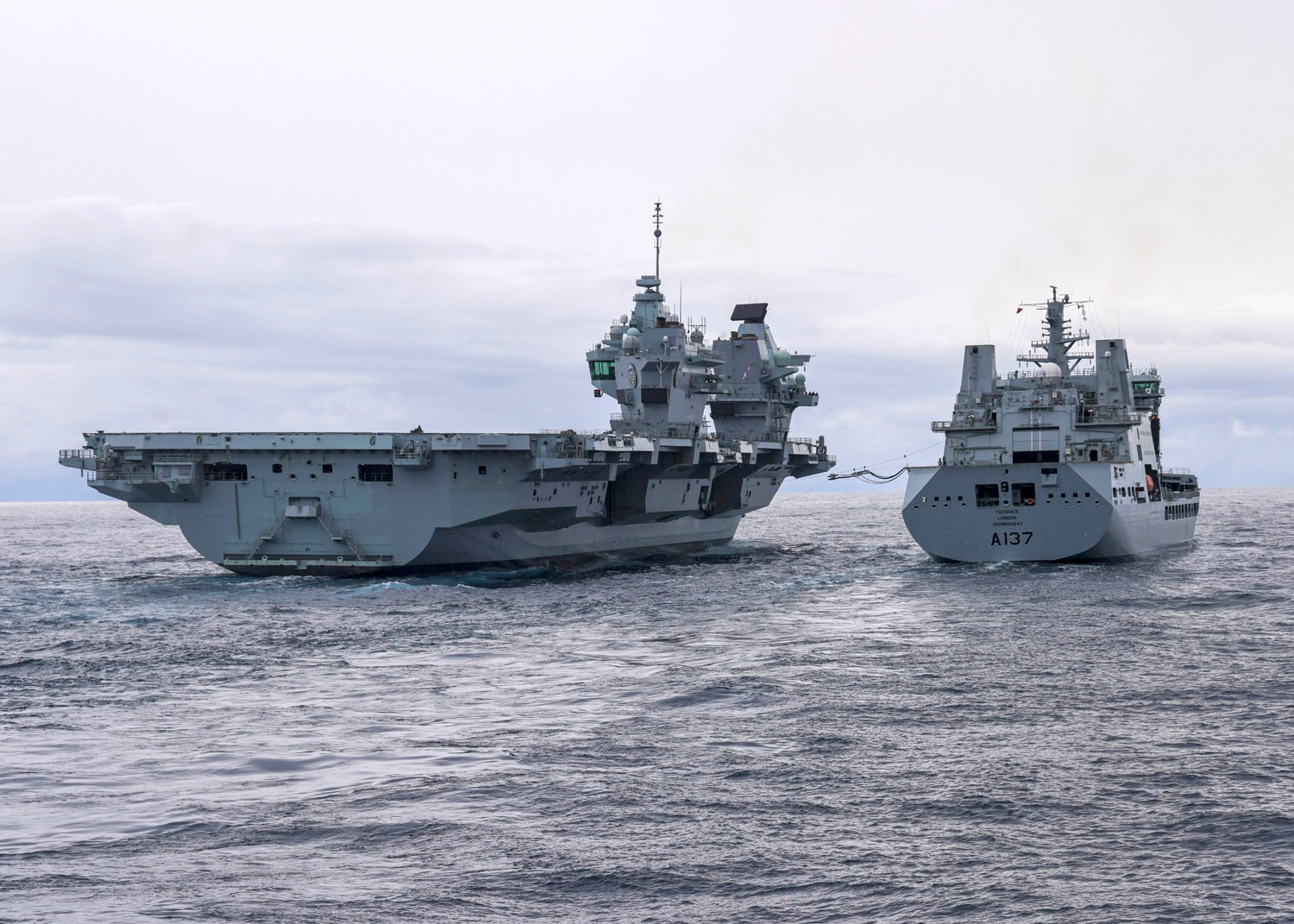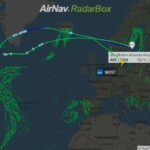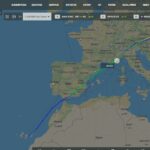Britain’s biggest warship sailed within 900 miles of the North Pole as the Royal Navy pushed the boundaries of aircraft carrier operations into the Arctic.
HMS Prince of Wales led a task group to 77 Degrees North in the North Atlantic to demonstrate the ability of the UK’s two 65,000-tonne Queen Elizabeth-class carriers to operate in the harshest environmental conditions.
The carrier returned home to Portsmouth in the small hours of this morning after seven weeks away – inside or on the fringes of the Arctic Circle – training with allies from NATO and the UK-led Joint Expeditionary Force, having laid the foundations for Royal Navy carrier operations in the High North for the next half century.
Having acted as NATO command ship throughout Cold Response – the largest winter exercise hosted in Norway in more than 30 years – the carrier and her task group, including frigate HMS Richmond, destroyer HMS Defender, tankers RFA Tiderace and Tidesurge and a hunter-killer submarine remained in the North Atlantic to continue their Arctic deployment/cold weather operations under the banner of UK defence’s new policy of contributing to the wider defence of the High North, announced by the Secretary of State last month.
The ship embarked an ice expert from the Royal Norwegian Navy, Commander Harald Thor Straten, who shared more than 40 years’ experience of working in sub-zero conditions to help the carrier operate in such an unforgiving environment.
The task group continued north to 77 Degrees – the same latitude as the Svalbard archipelago – with outside temperatures as low as -5 Celsius, lowered to 22 degrees below zero by the wind chill.
Throughout, the carrier has been developing the skills needed to defend herself from hostile submarines in such conditions, with three Merlin anti-submarine helicopters from 820 Naval Air Squadron embarked.






